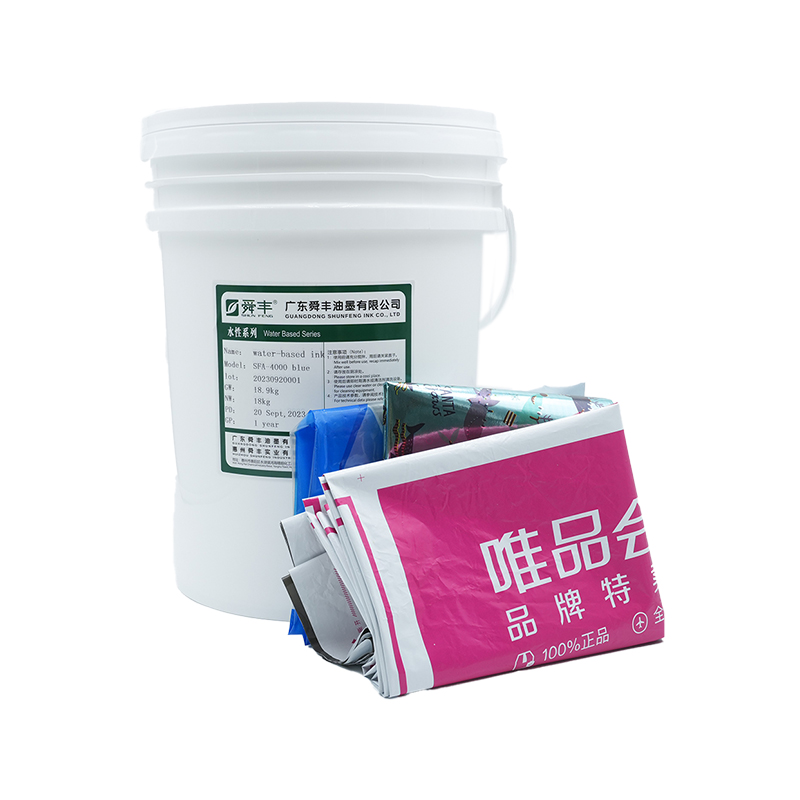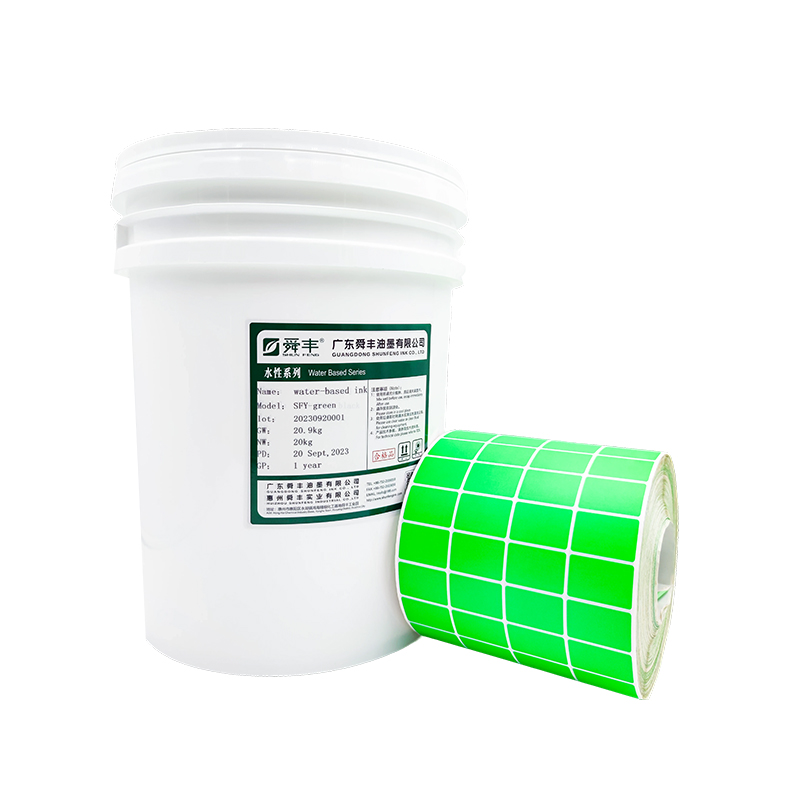No blistering after lamination and no discoloration during retort – A breakthrough in the durability of offset UV ink for plastic film
Release Time : 2025-10-02
In modern flexible packaging printing, plastic film is widely used due to its lightweight, flexible, and excellent barrier properties. Offset printing, with its high-precision and high-definition image and text rendering, has become the preferred choice for high-end printed products such as labels, covers, and decorative films. However, traditional inks often face durability issues such as lamination blistering, discoloration during retort, and interlayer delamination during post-printing, seriously affecting the packaging's appearance and functionality. In recent years, continuous breakthroughs in UV ink technology, particularly the development of offset UV ink for plastic film, have successfully achieved a significant leap in durability: no blistering after lamination and no discoloration during retort, providing reliable technical support for high-end flexible packaging.
1. Causes of Lamination Blistering and Solutions for UV Inks
In flexible packaging production, the printed layer often requires dry or solvent-free lamination with heat-seal layers such as aluminum foil, aluminized film, or PE or CPP. Traditional solvent-based or oxidative film-forming inks may retain trace amounts of solvent or unreacted components after drying. These can evaporate during the high-temperature lamination process, forming bubbles or micropores, resulting in reduced lamination strength and even delamination. Offset UV ink for plastic film, on the other hand, utilizes free radical or cationic light-curing technology. Under high-intensity UV light, the monomers and prepolymers in the ink rapidly cross-link to form a three-dimensional network structure, achieving instant curing. The entire process eliminates solvent volatilization, resulting in a dense, residue-free film and fundamentally eliminating the source of blistering during lamination. Furthermore, the UV ink formula allows for precise control of polarity and surface tension, ensuring excellent compatibility with lamination adhesives and further enhancing interlayer adhesion.
2. Color and Performance Stability Under High-Temperature Retorting
Many food and pharmaceutical packaging undergo high-temperature retorting for sterilization, placing extremely high demands on the ink's heat resistance, hydrolysis resistance, and color stability. Traditional inks are susceptible to oxidation, hydrolysis, and pigment migration in high-temperature and high-humidity environments, resulting in yellowing, fading, and an unpleasant odor. The new offset UV ink for plastic film significantly enhances its thermal stability by utilizing highly heat-resistant pigments and hydrolysis-resistant prepolymers. The application of a cationic curing system is a key breakthrough – the resulting polyether structure exhibits excellent resistance to moisture and heat, maintaining film integrity and color stability even under prolonged retorting conditions, ensuring the packaging maintains high-quality visual quality throughout its shelf life.
3. Excellent interlayer adhesion and mechanical resistance
In addition to chemical stability, UV inks must also possess excellent flexibility and scratch resistance to withstand the mechanical stresses of packaging during transportation, folding, and bagging. By adjusting monomer functionality, introducing flexible segments, and employing nano-modification technology, modern UV inks achieve high crosslink density while maintaining moderate elasticity, avoiding cracking or ink loss caused by brittleness. In composite testing, films printed with specialized UV inks maintained a peel strength of over 0.8N/15mm after retorting, far exceeding industry standards and achieving comprehensive resistance performance with no blistering, delamination, or discoloration.
The breakthrough of offset UV ink for plastic film in composite resistance and cooking stability is not only the result of collaborative innovation in materials science and printing technology, but also an important symbol of the flexible packaging industry's progress towards high quality, high safety and sustainable development.
1. Causes of Lamination Blistering and Solutions for UV Inks
In flexible packaging production, the printed layer often requires dry or solvent-free lamination with heat-seal layers such as aluminum foil, aluminized film, or PE or CPP. Traditional solvent-based or oxidative film-forming inks may retain trace amounts of solvent or unreacted components after drying. These can evaporate during the high-temperature lamination process, forming bubbles or micropores, resulting in reduced lamination strength and even delamination. Offset UV ink for plastic film, on the other hand, utilizes free radical or cationic light-curing technology. Under high-intensity UV light, the monomers and prepolymers in the ink rapidly cross-link to form a three-dimensional network structure, achieving instant curing. The entire process eliminates solvent volatilization, resulting in a dense, residue-free film and fundamentally eliminating the source of blistering during lamination. Furthermore, the UV ink formula allows for precise control of polarity and surface tension, ensuring excellent compatibility with lamination adhesives and further enhancing interlayer adhesion.
2. Color and Performance Stability Under High-Temperature Retorting
Many food and pharmaceutical packaging undergo high-temperature retorting for sterilization, placing extremely high demands on the ink's heat resistance, hydrolysis resistance, and color stability. Traditional inks are susceptible to oxidation, hydrolysis, and pigment migration in high-temperature and high-humidity environments, resulting in yellowing, fading, and an unpleasant odor. The new offset UV ink for plastic film significantly enhances its thermal stability by utilizing highly heat-resistant pigments and hydrolysis-resistant prepolymers. The application of a cationic curing system is a key breakthrough – the resulting polyether structure exhibits excellent resistance to moisture and heat, maintaining film integrity and color stability even under prolonged retorting conditions, ensuring the packaging maintains high-quality visual quality throughout its shelf life.
3. Excellent interlayer adhesion and mechanical resistance
In addition to chemical stability, UV inks must also possess excellent flexibility and scratch resistance to withstand the mechanical stresses of packaging during transportation, folding, and bagging. By adjusting monomer functionality, introducing flexible segments, and employing nano-modification technology, modern UV inks achieve high crosslink density while maintaining moderate elasticity, avoiding cracking or ink loss caused by brittleness. In composite testing, films printed with specialized UV inks maintained a peel strength of over 0.8N/15mm after retorting, far exceeding industry standards and achieving comprehensive resistance performance with no blistering, delamination, or discoloration.
The breakthrough of offset UV ink for plastic film in composite resistance and cooking stability is not only the result of collaborative innovation in materials science and printing technology, but also an important symbol of the flexible packaging industry's progress towards high quality, high safety and sustainable development.







